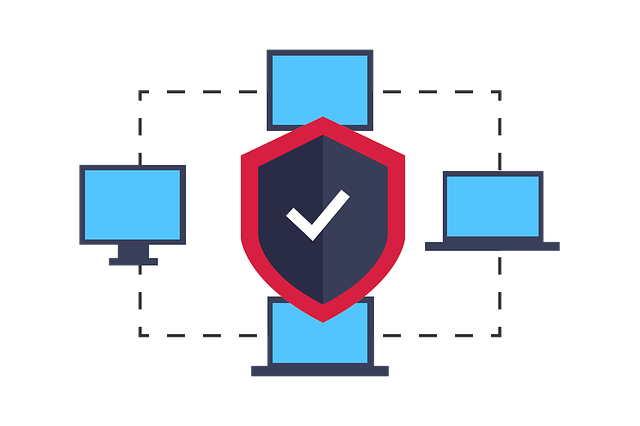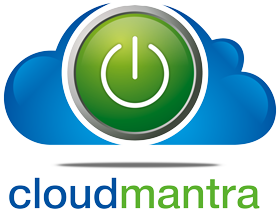In recent years cloud adoption has been growing as organizations prioritize them integrate cloud visibility security strategy and move their key applications to shared resources. The RightScale State of the Cloud Survey found that 94% of IT professionals use the cloud to run their businesses. The public cloud is adopted by 91% of respondents while the private cloud is only by 72%. The survey also shows that businesses are migrating their workloads to the cloud, 38 percent of them in a public cloud and 41 percent in a private cloud or virtual environment. Once the transition to the cloud begins, companies lose, in part, control over their security. A recent Ixia study found that less than 20 percent of cloud users have the resources they need to manage their environments.
A majority (87%) are aware that the lack of visibility creates real threats. With critical applications now stored on public cloud infrastructures, organizations need to improve their management capabilities to ensure the security of the data and applications that are hosted on them. Since organizations use the cloud to save time and reduce costs, they must consider the additional risks and challenges of using it.
Here Are The Top Four Concerns While Securing The Cloud

1. Loss Of Access:
Once infrastructure ownership and control are abandoned, companies lose direct access to their network traffic. Without access to network packets, your advanced security solutions do not have the resources to function properly. Cloud providers can provide network data summaries or policy violations, but this information is insufficient for sophisticated attacks. Security solutions need data packets to identify threats and perform in-depth analysis.
2. Shadow Of Enterprises:
Areas of an enterprise network Areas where monitoring is not done in a consistent and thorough way create shadows in an enterprise. These areas are where hackers can enter and infiltrate the network without being discovered. Cloud resources that are not monitored increase the risk of security breaches and data loss.

3. Security:
Larger Attack Surface Experts advise security professionals to pay attention to the extent of the attack surface that results from adopting the cloud. Shared infrastructures and cloud applications that are not managed can become the entry point for hackers or unpatched vulnerabilities. Obsolete checklists, uncorrected software, and incorrect configurations of cloud resources are leading to high-profile data breaches. The cloud extends the possibility of having a bad cyber-hygiene that opens the door to potential damage.
4. Data Security Solutions:
Access to the data center for security solutions when organizations migrate to the cloud, they may want to rely on the security solutions deployed by their data center to inspect and analyze traffic. Using them eliminates the need for new security solutions. The challenge is to find ways to reduce costs and secure data transfers from the cloud to the data center. Functional and efficient cloud solutions the key to overcoming security concerns is to establish complete visibility into what’s happening in your clouds. A visibility platform provides access to network packets from any cloud, prepares and filters them to make the tools work more efficiently, and automatically provides data relevant to each security solution. To enhance cloud security, a visibility system must give access to packets from any platform traditional networks intercept traffic as it migrates from physical network devices. This approach does not work in the cloud. Instead, a cloud visibility platform provides access to network packets from any cloud platform, including private cloud packets that run on any hypervisor. With
visibility of the traffic coming from each of the public cloud environments. A visibility platform can bundle packets from multiple clouds for full network visibility. Allow scalability It is essential that a visibility platform can support the evolution of the company. Cloud visibility solutions use sensor and container technologies to automatically turn visibility into every cloud instance you create, without any additional infrastructure. This means that the visibility scale is limitless and ensures that no part of the cloud is spied on. Clean and filter data before monitoring it.
5. Cloud Visibility Platform:
A high-performance visibility platform not only aggregates data packets from multiple sources but also manipulates and filters data to make the security process easier. Today, visibility solutions can remove redundant packets, decrypt secure packets, eliminate unnecessary headers, and filter packets based on their characteristics such as the original location, type of users, or device and the applications of use. Using such features helps preserve the platform’s ability for in-depth analysis. With fewer packages to process, monitoring solutions are more efficient, less expensive and less likely to cope with clutter or failure. Send data securely to the data center It is possible to have critical security solutions within its data center, without them being functional on the cloud. A visibility platform sends filtered data from the cloud to the data center with complete security. Improve the effectiveness of monitoring devices Organizations use many security solutions, most of which come from the same traffic. Rather than switching from tool to tool, you can improve efficiency by providing filtered data to all tools simultaneously with a cloud visibility platform. Established policies determine the data that each tool will receive. The most efficient processors speed up the identification and resolution of security issues. The cloud is an integral part of IT in business and is a prime target for hackers. Companies that provide full visibility into their security system architecture will be in a better position to identify potential threats and prevent data loss
RELATED: Why Is the Security Of Healthcare IoT needs To Be Taken Seriously?

